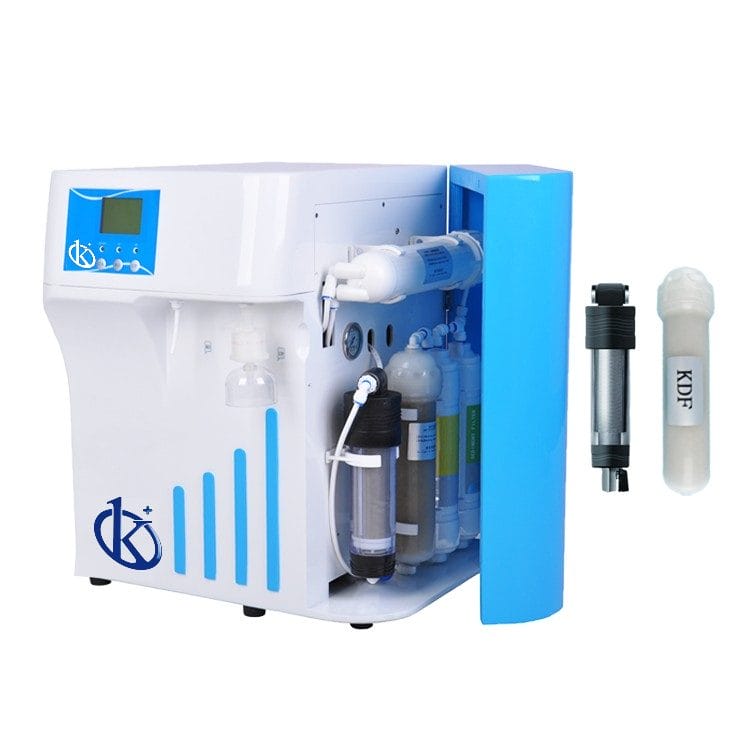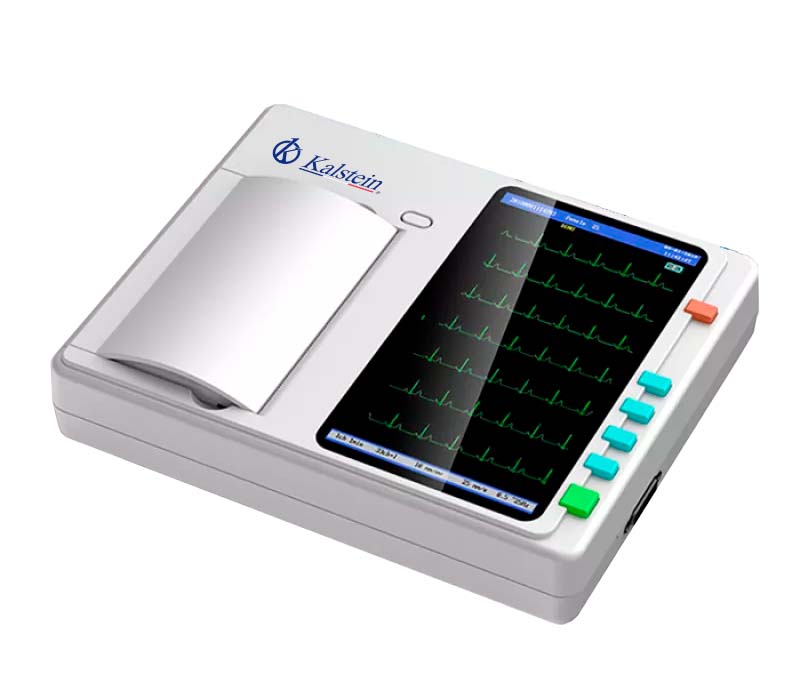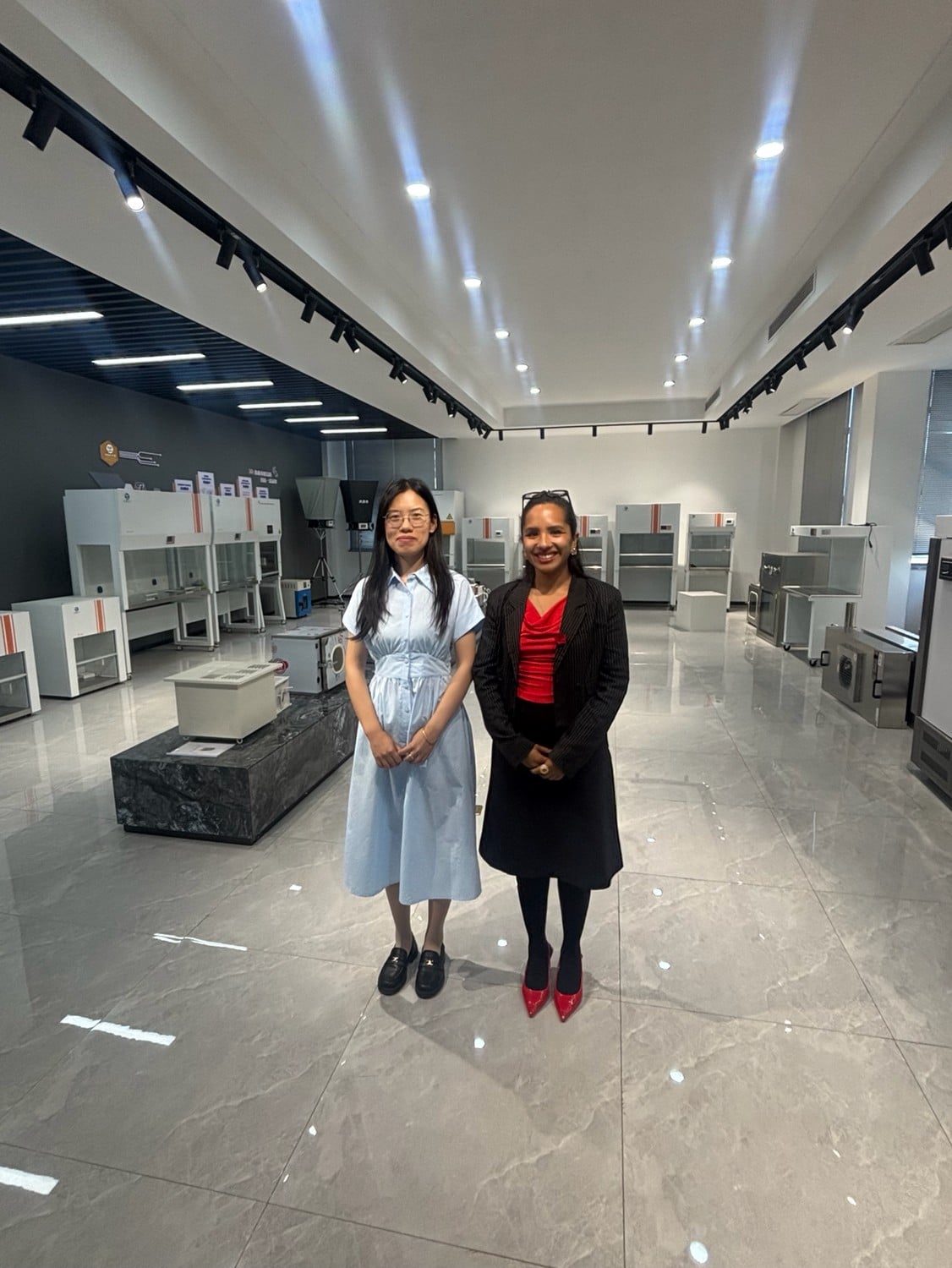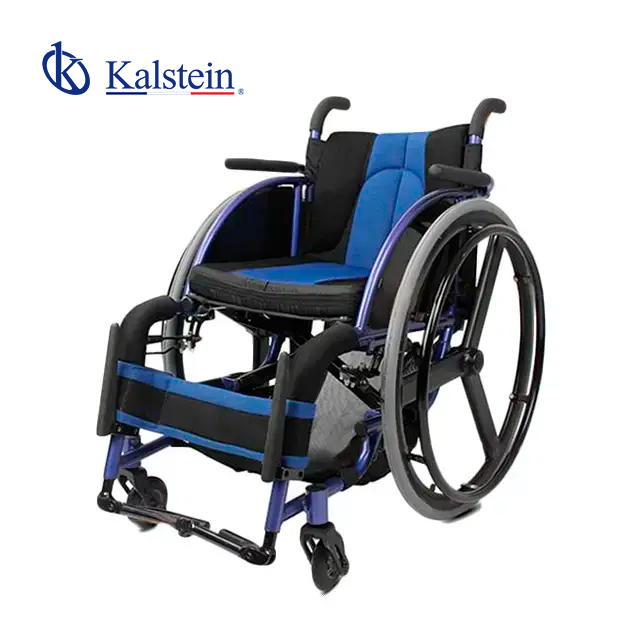Water purification systems are essential in any environment where water quality is a priority. Whether in laboratories, hospitals, or even industrial facilities, these systems ensure the removal of contaminants, minerals, and other impurities that can affect experimental results’ accuracy or compromise safety.
Today, I will talk from my experience with cutting-edge water purification systems, particularly those using reverse osmosis technology. Throughout the article, we will compare the advantages of products from different brands and delve into the features that make Kalstein stand out as a superior option in the market.
Water Purification Systems, Kalstein brand
Water purification systems are devices designed to remove contaminants and improve water quality. There are various types of technologies, from simple filtration to advanced processes like reverse osmosis, ultrafiltration, and deionization. Each system has its set of advantages and limitations, depending on the usage environment and specific purity requirements.
My experience with Kalstein’s water purification systems has been remarkably positive. These devices stand out for their efficiency, durability, and ability to deliver ultrapure water faster than many other systems on the market. Reverse osmosis technology is one of the most effective methods, achieving maximum purity by removing over 99% of dissolved solids.
Features of Water Purification Systems
One of the features I value most in water purification systems is their adaptability to different needs. For example, Kalstein’s reverse osmosis systems come with:
-
Multi-stage filtration: Ensures effective removal of organic contaminants, metallic ions, bacteria, and viruses.
-
Automatic backwash systems: Extend the filters’ lifespan, reducing the need for constant maintenance.
-
Intuitive interfaces: Allow monitoring of the system’s status and water purity levels in real-time.
-
Compact designs: Perfect for laboratories or spaces with limitations, without compromising the system’s capacity.
Kalstein has incorporated the latest technology, ensuring that these systems not only meet but exceed international water purity standards, something I have personally confirmed in various applications.
Why Do These Water Purification Systems Have This Price?
The price of water purification systems, particularly those using advanced technologies like reverse osmosis, tends to reflect the complexity and quality of the materials used. In Kalstein’s case, while it is not the cheapest option on the market, its value-for-money ratio is justified by several factors:
-
Durability: The systems are designed for prolonged use with high-resistance components that ensure durability in demanding environments.
-
Advanced technology: The incorporation of multiple filtration stages and automated systems increases the initial cost but results in long-term savings in terms of maintenance and component replacement.
-
Purity guarantee: Unlike other cheaper systems, Kalstein’s equipment guarantees constant and precise purity, something crucial in scientific environments where water must be extremely pure.
Compare Water Purification Systems with Similar Products
In the water purification system market, brands like Merck Millipore, Thermo Fisher, and Sigma-Aldrich also offer competitive products. However, when comparing their features to Kalstein’s systems, I find several significant advantages worth highlighting.
|
Brand |
Advantages |
Disadvantages |
|
Kalstein |
Greater durability, lower long-term costs, advanced backwash technology, compact design |
Relatively high initial price |
|
Merck Millipore |
High water purity, good reputation in the scientific sector |
High maintenance cost, bulky size |
|
Thermo Fisher |
Several customizable options |
High replacement costs, more complex to operate |
|
Sigma-Aldrich |
Wide range of systems |
Not always available in all markets, long delivery times |
Kalstein particularly excels in ease of use and energy efficiency, two aspects I consider essential when selecting a system for continuous use in a laboratory.
Pros and Cons of Water Purification Systems
Below, I detail some of the pros and cons of water purification systems based on my personal experience:
|
Pros |
Cons |
|
High efficiency in removing contaminants. |
High initial price. |
|
Compact design, easy to install. |
Requires specialized technical maintenance. |
|
Multiple filtration stages. |
Not suitable for low water volume applications. |
|
Intuitive interfaces for monitoring. |
Limited availability in some markets. |
|
Significant long-term cost reduction. |
Filter replacements can be costly. |
|
Meets international purity standards. |
Moderate electricity consumption. |
|
Low maintenance thanks to the backwash system. |
|
|
Adaptable to various scientific applications. |
Advantages of These Water Purification Systems
One of the biggest advantages of Kalstein’s water purification systems is reliability. These systems are designed to consistently provide the highest purity water, which is essential in research and experiments requiring strict contaminant control.
Additionally, the simplicity in maintenance, thanks to the backwash system, makes them a practical and cost-effective long-term option.
Other Benefits of These Water Purification Systems
In addition to their efficiency and durability, Kalstein’s water purification systems stand out for:
-
Sustainability: Many components are recyclable, and low energy consumption helps reduce environmental impact.
-
Versatility: These systems can adapt to both small laboratories and larger facilities, providing the same water quality in different volumes.
-
Customer service: Kalstein offers continuous technical support, ensuring that any issues are quickly resolved.
Customer Reviews on Water Purification Systems
Users who have tested these systems have highlighted how quickly they can obtain purified water without compromising quality.
Personally, I have received feedback from colleagues who appreciate the product’s stability and long-term cost savings due to reduced need for frequent replacements.
FAQs about Water Purification Systems
What kind of maintenance do these systems require?
Maintenance is minimal thanks to the automatic backwash system, although periodic technical reviews are recommended to ensure optimal performance.
How long does it take to purify water?
The speed depends on the model, but Kalstein systems are known for their fast purification, ensuring a constant flow of ultrapure water.
What purity level does the water reach?
These systems remove more than 99% of contaminants, including bacteria, viruses, and metallic ions, ensuring purity suitable for scientific applications.
Are they compatible with other laboratory equipment?
Yes, Kalstein systems are compatible with most laboratory equipment that requires ultrapure water, such as autoclaves, thermostatic baths, and analysis equipment.
What is the lifespan of the filters?
Filters can last between 6 and 12 months, depending on use and the quality of the incoming water.
Is it difficult to install the system?
No, Kalstein systems are designed for easy installation, even in laboratories with limited space.
Conclusions about These Water Purification Systems
In summary, Kalstein’s water purification systems are an excellent choice for any environment where water purity is critical.
Although the initial cost may be higher than other systems, durability, ease of use, and long-term cost reduction make it a worthwhile investment. If you’re looking for efficiency, reliability, and unmatched water purity, these systems will not disappoint.
We understand that you need equipment that provides maximum value to your laboratory. We invite you to visit https://kalstein.co.uk/category-product/laboratory-line/water-systems-laboratory-line/ to explore our world of cutting-edge equipment. Our prices are competitive and accessible; we combine the convenience of online shopping with the guarantee of an exceptional product. Because you deserve the best, we create and offer top-tier laboratory equipment. Make your choice today, where science comes to life. https://kalstein.co.uk/




